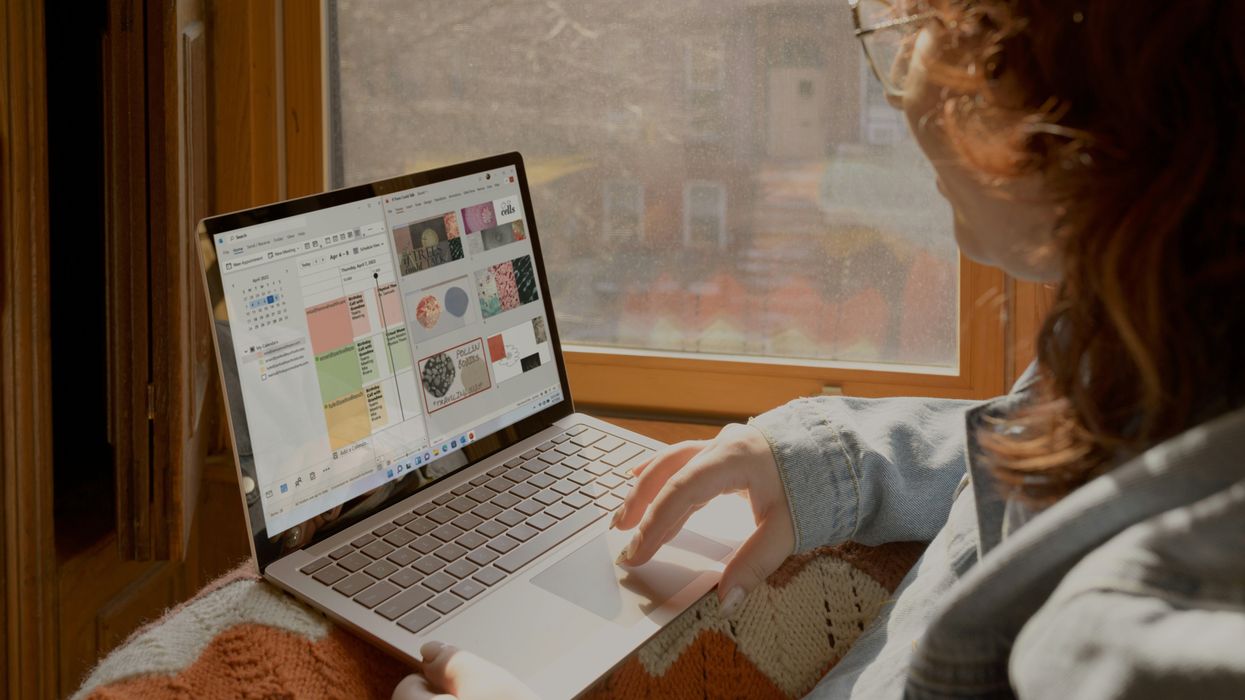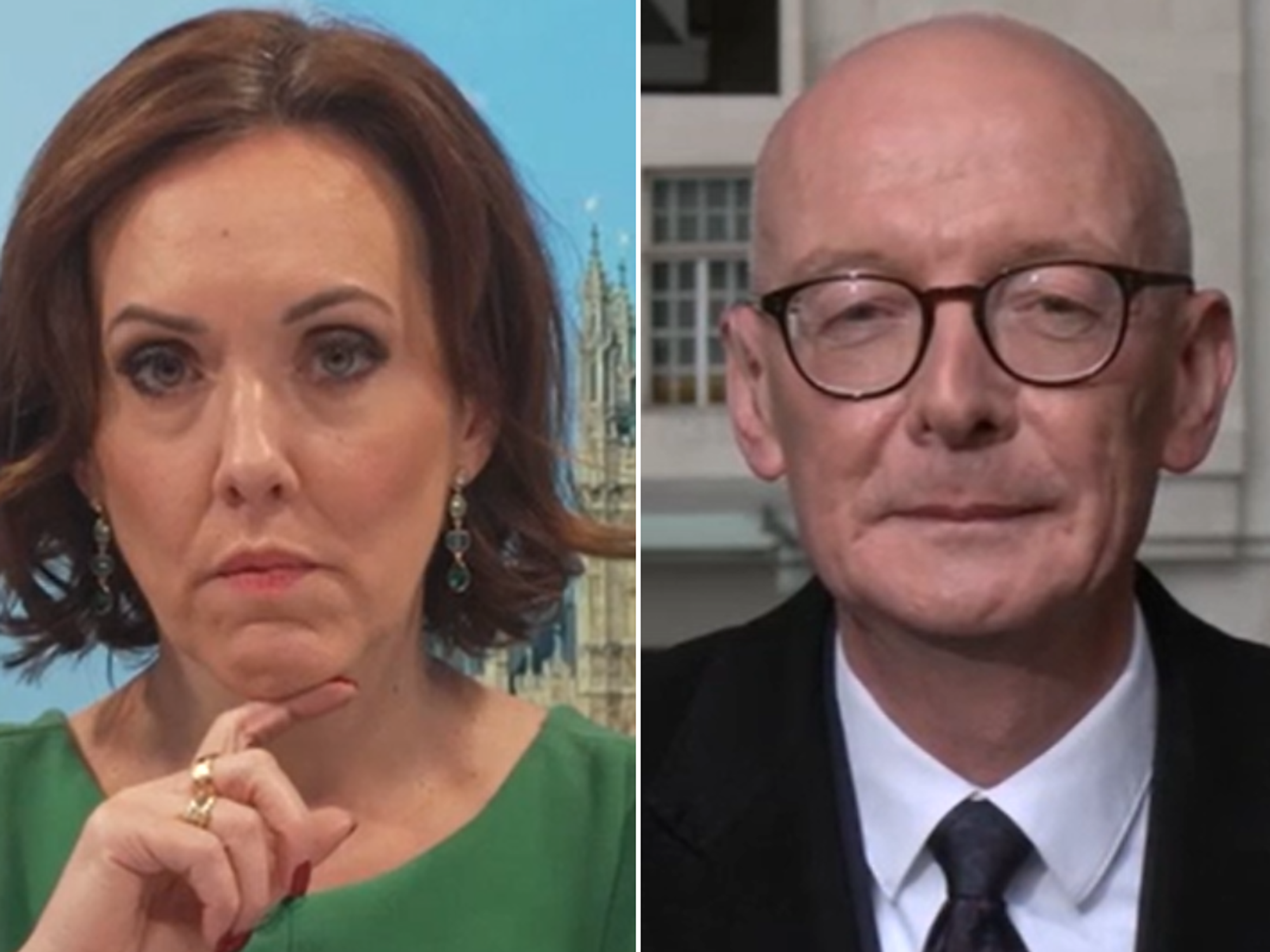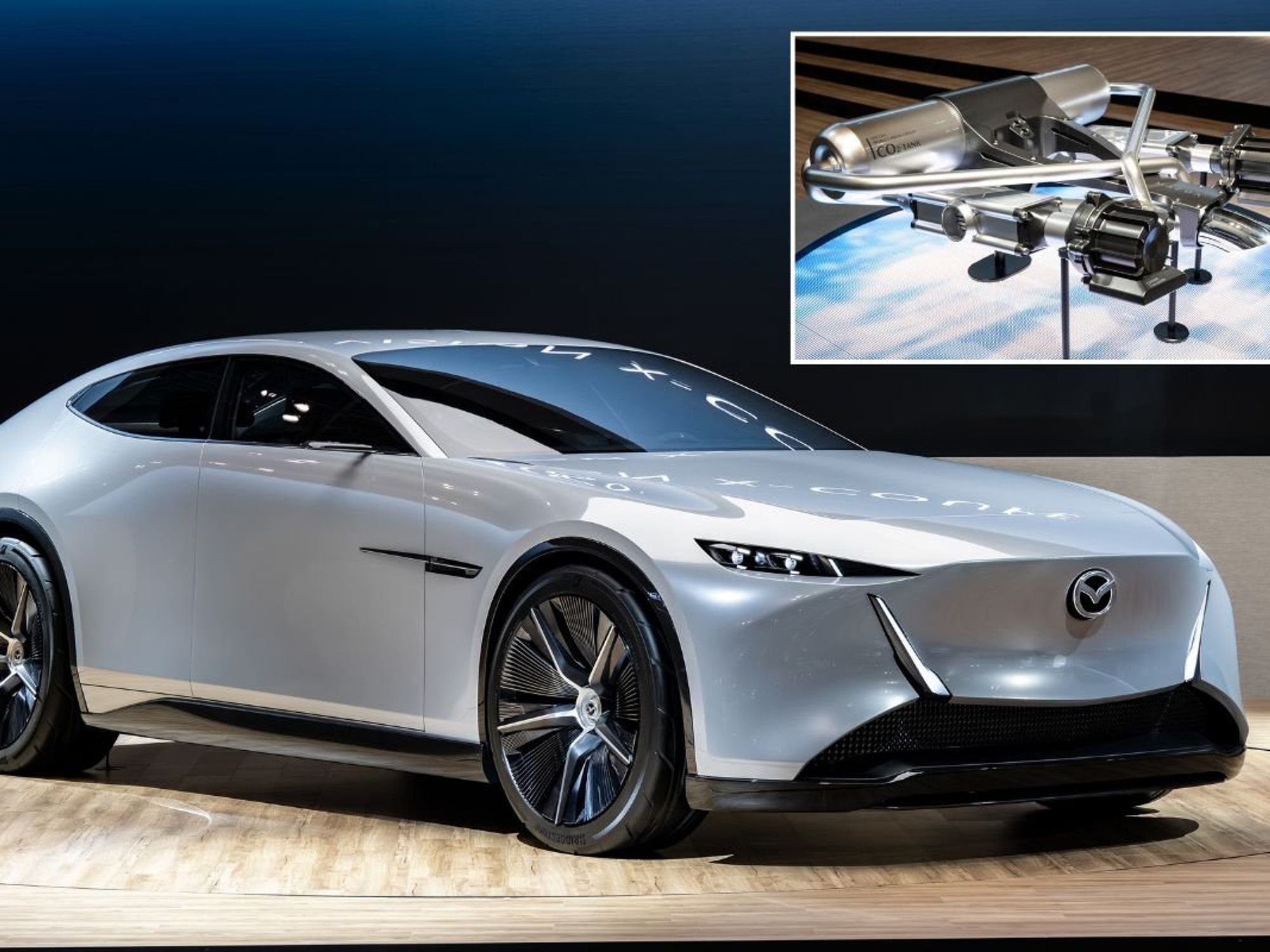Threatening Windows 10 users with new fees isn't working, as more PC owners avoid Windows 11 than ever before

Windows 10, which launched back in 2015, is still used by millions of people worldwide ...and that number is only increasing
|MICROSOFT PRESS OFFICE | UNSPLASH

Despite the serious disadvantages, people are still flocking to Windows 10
- The number of people using Windows 10 increased in April 2024
- Some 14,000,000 PC users turned to the 9-year-old operating system
- The increase came at the expense of its successor, Windows 11
- PC users flocked to Windows 10 despite the incoming end of support
- It will cost as much as $427 (£337.29) to continue using Windows 10
Don't Miss
Most Read
Microsoft cannot kill Windows 10.
The US company has already confirmed that it will end support for Windows 10 in October 2025 — cutting off millions of PCs from essential security updates and bug fixes. Without these critical software patches, Windows 10 users will be vulnerable to attacks from hackers and other data breaches.
Due to the popularity of Windows 10, Microsoft has confirmed plans to extend its Extended Security Updates (ESU) subscription to everyday users for the first time. Previously reserved for enterprise customers, the annual plan could cost as much as £330 to unlock an extra three years of important security updates.
Many assumed the fast-approaching deadline — not to mention, the threat of having to spend hundreds on software updates — would spur millions of PC users still relying on Windows 10 to finally make the switch to its successor, Windows 11.
But the number of people using Windows 10 every day is increasing, according to the latest figures from Statcounter. The popular website, which monitors and analyses global web traffic to calculate the popularity of devices, web browsers, and operating system, has recorded a rise in the number of people using Windows 10.
PCs powered by this almost decade-old operating system topped 70% for the first time since late 2023.
The increase recorded in April 2024 was roughly 1%, Statcounter shows. During the same time frame, Windows 11's market share dipped slightly to 25.69%, suggesting the increase in people using Windows 10 came at the expense of its successor. That's a serious blow for Microsoft.
Microsoft has previously confirmed there are roughly 1.4 billion Windows PCs worldwide. At that scale, a 1% increase in people flocking to Windows 10 equates to an astonishing 14,000,000 PC users.
Source: StatCounter Global Stats - Windows Version Market Share
With the launch of a new operating system, we'd typically expect to see the number of devices powered by its predecessor declining over time. This happens as users voluntarily switch to the latest software to get their hands on exciting new features or a stylish new appearance and as more devices with the latest operating system preinstalled are sold.
It's rare to see an older operating system regain traction in its twilight years — especially with the threat of the end of support and a new fee looming less than 18 months away.
Those who want to keep using Windows 10 until 2028 will need to spend as much as $427, roughly £337.29 converted, to continue to receive critical patches for security flaws and compatibility issues in Windows 10, Microsoft has confirmed.
If you missed the memo, Microsoft will end support for Windows 10, which was released worldwide in July 2015 and was widely marketed at the time as the “final” iteration of Windows, on October 14, 2025.
Known as Extended Security Updates (ESU), this subscription unlocks up to three years of additional support for ageing operating systems, extending the lifecycle of Windows 10 until the end of 2028. ESU was previously reserved for businesses to offer 36 months of additional time to update their entire fleet of PCs and ready proprietary software to work with the latest operating system from Microsoft.
Windows 10 marks the first time Microsoft will offer Extended Security Updates to anyone.
Microsoft has published the cost of Windows 10 ESU for enterprise users, with the first year setting you back $61 (£48.19). To incentivise Windows 10 users to upgrade to the next iteration of the desktop operating system, Microsoft will double the cost every year. The full breakdown of costs is as follows:
- Windows 10 ESU — $61 (£48.19) for first year
- Windows 10 ESU — $122 (£96.39) for second year
- Windows 10 ESU — $244 (£192.78) for third and final year
This is not the cost for consumers, with Microsoft promising that pricing for the average Windows 10 user “will be shared at a later date.” However, we're likely to see the same pricing structure, with costs doubling each year to try to push people to finally switch away from Windows 11.
 Windows 11 reworks the design of the operating system and brings the iconic Start Menu to the centre of the screen for the first time | MICROSOFT PRESS OFFICE
Windows 11 reworks the design of the operating system and brings the iconic Start Menu to the centre of the screen for the first time | MICROSOFT PRESS OFFICE Microsoft describes the optional Extended Security Updates subscription as “a last resort option for customers who need to run certain legacy Microsoft products past the end of support.” It offers a maximum of 36 months of additional security updates and emergency bug fixes.
“Extended Security Updates are not intended to be a long-term solution but rather a temporary bridge,” the Redmond-based company explains in a blog post. “You can purchase ESU licenses for Windows 10 devices that you don’t plan to upgrade to Windows 11 starting in October 2024, one year before the end of support date.”
Businesses who are subscribed to a cloud-based solution like Intune or Windows Autopatch will enjoy a 25% discount on Extended Security Updates. Microsoft is offering an even more generous discount to schools, with the first year of ESU dropping to just $1 (79p), this doubles to $2 for year two and $4 for the final year.
Prices have risen sharply for Windows users looking to put off the upgrade to the next major operating system release from Microsoft. When it introduced the ESU plan was introduced for Windows 7, Microsoft charged £9.57 for the first year, rising to £19.15 in the second year.
That cost was per device, so things can become pretty pricey if you have a few devices, like a laptop, desktop PC, or tablet.
Some industry watchers had speculated that Microsoft would be forced to offer extended support for Windows 10 at no extra cost due to the vast number of PCs still powered by the operating system.
However, despite the widespread usage, Microsoft is seemingly set on charging for the privilege.
This has allowed rival Google to take advantage of the situation to bolster its own marketshare of desktop PCs by offering a free upgrade for all Windows 10 users to its ChromeOS system, which is based on the world's most popular web browser and boasts years of security updates and support.
There’s no guarantee that your current PC will be able to upgrade to Windows 11. With this rebooted operating system, Microsoft introduced several strict system requirements.
Windows 11 only officially supports Intel’s 8th Generation (known as Coffee Lake) or Zen 2 CPUs and newer, leaving millions of devices sold with Windows 10 preinstalled unable to upgrade.
Following a public backlash, Microsoft did add a number of exceptions to its list of supported chipsets, including the 7th Generation Intel Core i7-7820HQ – a processor that was used in the Surface Studio 2, an all-in-one desktop machine that cost £3,549 at launch back in 2018.
Nevertheless, this marks the first time that Microsoft has enforced such specific processor requirements with its operating system upgrade.
In comparison, Windows 8 and Windows 10 only stipulated a 1GHz processor, at least 1GB of RAM, and 16GB of available storage. Windows 11 requires an Intel processor first launched in October 2017 as well as 4GB of RAM and 64GB of storage.
LATEST DEVELOPMENTS
According to Microsoft, the stricter silicon requirements enable a better experience for those running Windows 11, with a 60% reduction in malware thanks to the requirements that “enable protections like Windows Hello, Device Encryption, virtualization-based security (VBS), hypervisor-protected code integrity (HVCI) and Secure Boot.” It also claims a “99.8% crash free experience” on machines with components from its list of supported hardware.










